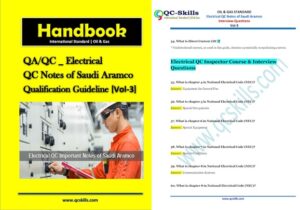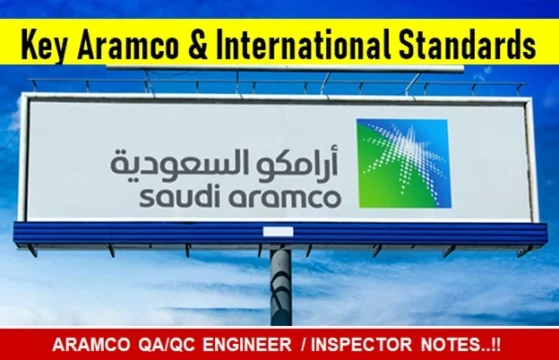
Who found oil in Saudi Arabia
In the 1930s, Chief geologist at Casoc and Aramco expat, Max Steineke revolutionised hydrocarbon exploration in the Middle East using structure drilling – which led to some of the first discoveries of oil in Saudi Arabia.
Hydrocarbon Exploration in Saudi Arabia
An early structure drill rig. Image courtesy: Saudi Aramco.
In 1933, Standard Oil of California (SoCal) was awarded an oil concession for the province of Al-Hasa in Saudi Arabia. Exploration commenced in the autumn but, as its geologists surveyed the terrain by motor car and aeroplane, the amount of information they could obtain about the geological substructure was limited.
Traditionally, geologists had relied on surface pointers in the search for oil, such as; anticlines, exposed rock formations and seepages, but these features were largely absent from the desert wastes.
New methods such as seismic and gravity/magnetic surveys enhanced exploration, but it was the introduction of structure drilling that made the greatest difference at this stage. This entailed drilling shallow holes in order to determine the underlying geological structure, a technique that had been used elsewhere but never before in Saudi Arabia.
One American geologist, Max Steineke, played a leading part in introducing this technique to the area, just as hopes were fading of ever finding any oil on the Arabian mainland.

The story of oil exploration in Saudi Arabia started on May 29, 1933, when then King Abdulaziz bin Abdulrahman signed a concession agreement to explore oil with Standards Oil of California Company (SOCAL) after oil was discovered in neighboring Bahrain. The discovery of oil in Bahrain pinned hope for finding oil reserves in Saudi Arabia.
Following the signing, American geologists flocked to the Kingdom on September 23, 1933 and headed for the coastal village of Al-Jubail, which is some 105 kilometers north of Dammam. This agreement highlights the resilience of King Abdulaziz, the Kingdom’s unifier, and his perseverance to achieve success.
On the day of their arrival, the Americans had a firsthand look at Jabal Al-Barri, which is 11 kilometers to the south of Al-Jubail. A week later, they headed south and conducted a geological test on Jabal Al-Dhahran hills but to no avail for almost two years.
On April 30, 1935, it was decided to start work by digging Dammam Well No. 1; following seven months of uncertainty and despair, the well produced a powerful gush of gas and some oil when the drilling depth reached around 700 meters, but an equipment failure forced the drilling crew to stop the well’s flow and blocked it with cement, and Dammam Well No. 2 produced better results.
When the well was tested in June 1936, 335 barrels per day flowed from it. A week following that test, and after acid treatment, production of oil flowing from the well stood at 3,840 barrels per day, which encouraged drilling of Dammam Wells 3, 4, 5 and 6 without waiting to confirm that production will be in commercial quantities or recognizing the size of the field discovered. A decision was then issued in July to prepare Dammam Well No. 7 as a deep test well.
Increased workload required more men, gear and materials, and the workplace was unable to accommodate the jump in the number of workers.
By the end of 1936, the number of Saudi workers had increased to 1,076, in addition to 62 non-Saudi workers. Things were supposed to be going normally, but, unexpectedly, Dammam Well No. 1 failed after a depth of more than 975 meters. Meanwhile, Dammam Well No. 2 was found to be moist, which meant that it produced water mainly, as water production was 8 or 9 times higher than its oil volume, and the production of Dammam Well No. 3 did not exceed 100 barrels of heavy oil per day, with 15% of this production comprising water.
Wells 4, 5, and 6 were proven dry.
Later, specifically in the first week of March 1938, Well No. 7 started to bring hope at a depth of 1,440 meters, when it produced 1,585 barrels of oil on March 4. The output went up to 3,590 barrels and then 3,690 on March 7, before dropping to 2,130 barrels nine days later. The output increased to 3,732 barrels five days later and to 3,810 barrels the next day.
Wells 2 and 4 reached the level of the Arab geological zone and showed hope by yielding good results and joy spread across the work camp in Dammam.
King Abdulaziz’s visit to the area came in conjunction with the finishing of the oil pipeline that connected Dammam Field with Ras Tannurah Port over a length of 69 kilometers, where an oil tanker was waiting for supplies. King Abdulaziz himself turned on the valve to fill the tanker with the first shipment of Saudi oil on May 1, 1939. — SPA
Reference: WikiPedia – https://en.wikipedia.org/wiki/History_of_the_oil_industry_in_Saudi_Arabia

![Read more about the article Important Notes of Work Permit Receiver [WPR] Aramco](https://qcskill.com/wp-content/uploads/2024/10/Important-Notes-of-Work-Permit-Receiver-WPR-300x197.jpg)




